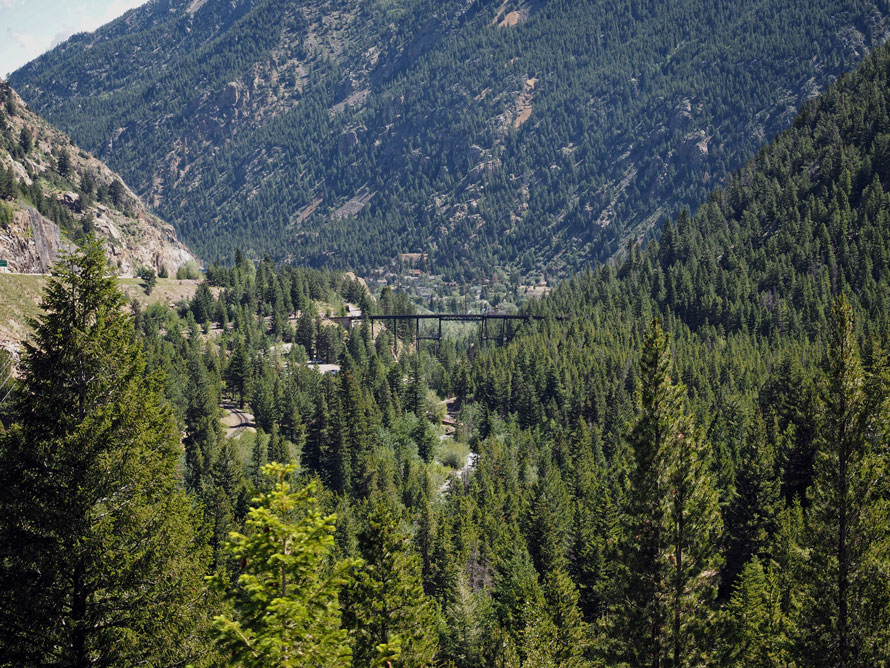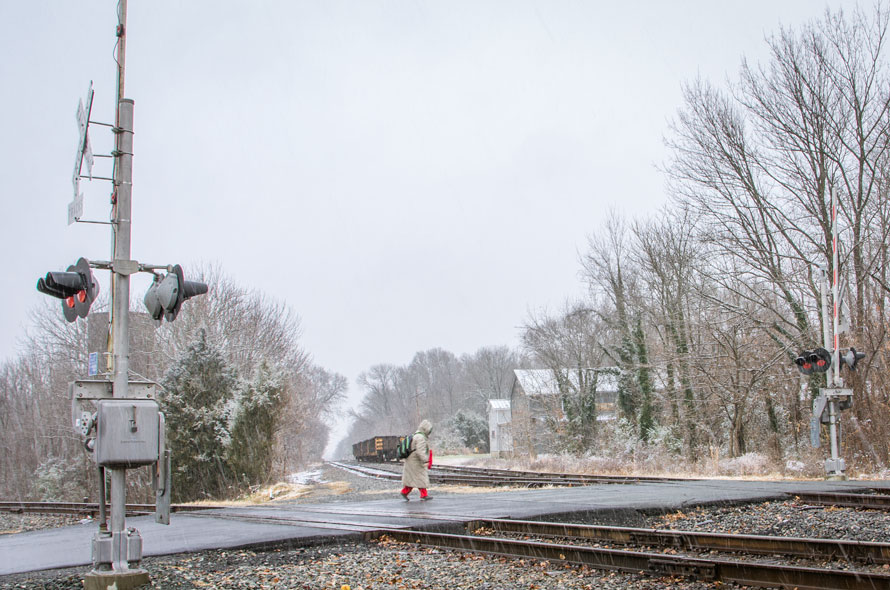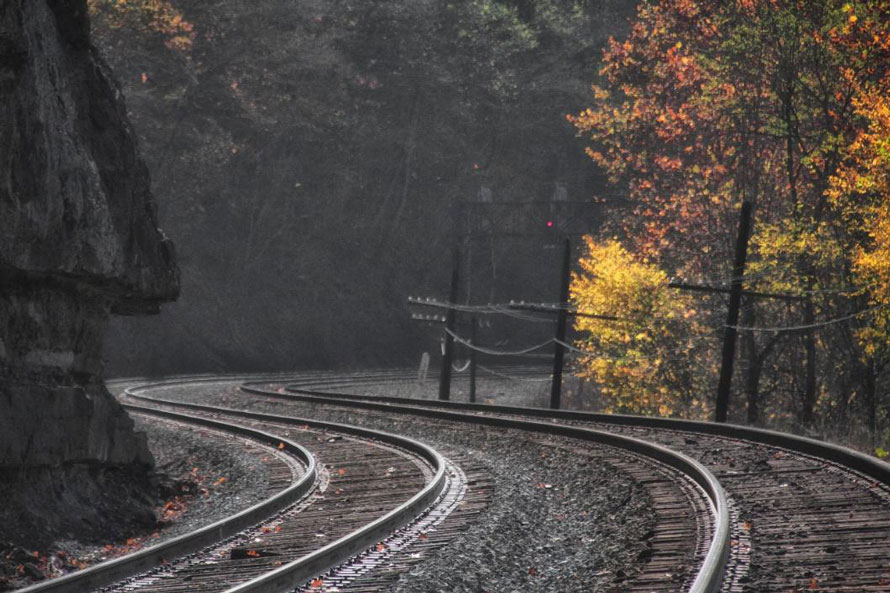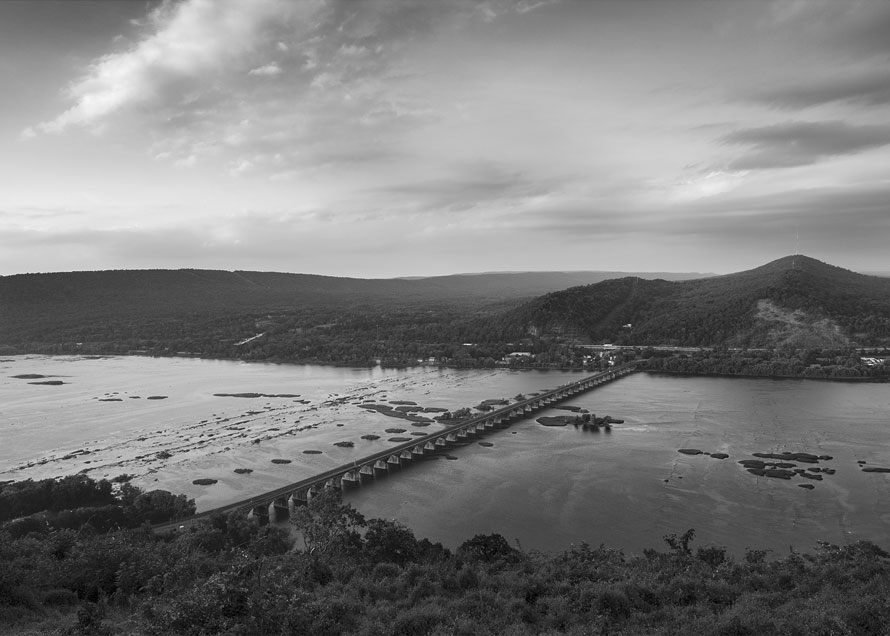
The Georgetown, Breckenridge, and Leadville Railway, a subsidiary of the Union Pacific Railroad, completed the Georgetown Loop Railroad in 1884. Built as a 3-foot narrow gauge, its main objective was to haul silver out from the mines in Silver Plume. Due to the rugged and narrow confines of the Clear Creek canyon, the line wound 4 ½ miles from Georgetown to Silver Plume, a straight-line distance of only 2 miles. This portion of the line gains more than 600 feet in elevation with horseshoe turns, grades approaching 4%, and 4 bridges across Clear Creek. It also includes the massive 95-foot high Devils Gate Bridge that loops the line over itself. Later in 1893, the line became part of the Colorado and Southern railroad system. Due to its unique construction and beautiful vistas, the Georgetown Loop has been popular with tourists since its beginning. The line was dismantled in 1939 due to declining revenue from the mines, but thankfully, was re-built in the 1980’s. Read more


